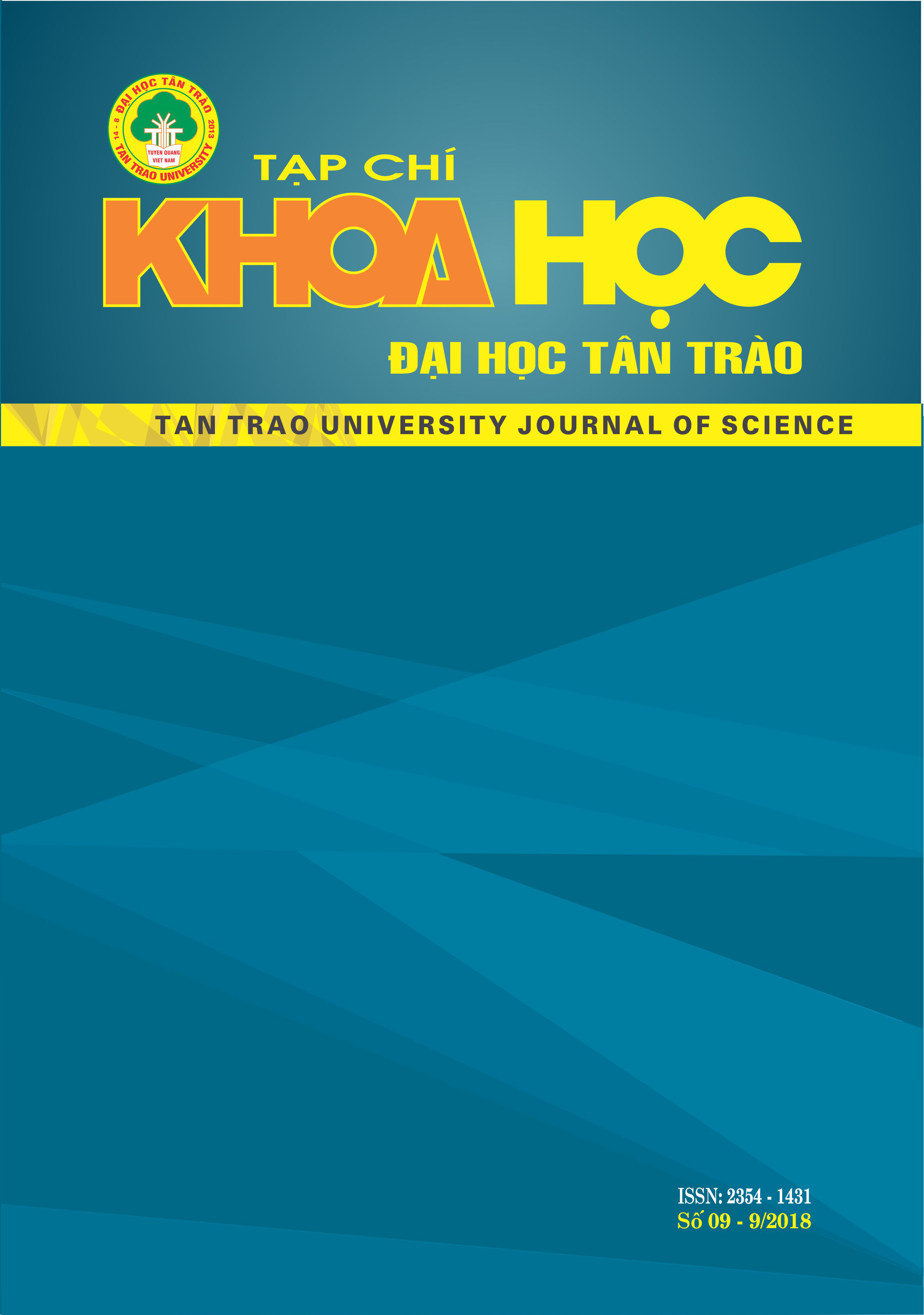The application of causes - results on analysis of environmental pollution problems in Vietnam
DOI:
https://doi.org/10.51453/2354-1431/2018/176Keywords:
Environmental, pollution, relationship, cause, resultsAbstract
Environmental protection is an important issue and critical for sustainable development and future of human. The article is based on the “cause - results” relationship, focuses on analyzing the causes of the more and more serious environmental degradation and indicators the disastrous issues due to environmental pollution. The results show that natural factors, lack of human consciousness in production and living, and past war effects are principal causes of environmental pollution. As a result, polluted environment will reimpact human beings, and we will face health risks, resource shortages, heavy economic losses, these will cause slow developing countries. As evaluated above, some possible solutions to lessen problems of environmental pollution can be brought out and discussed.
Downloads
References
1. Bộ Tài nguyên và Môi trường (2015), Báo cáo hiện trạng môi trường quốc gia giai đoạn 2011 – 2015, Nxb Tài nguyên – Môi trường và Bản đồ Việt Nam, Hà Nội;
2. Nguyễn Thế Chinh (2017), “Môi trường Việt Nam: Thực trạng, nguyên nhân và một số kiến nghị”, Tạp chí Khu công nghiệp Việt Nam, truy cập ngày 02/7/2018, http://khucongnghiep.com.vn/nghiencuu/tabid/69/articleType/ArticleView/articleId/1916/Default.aspx;
3. Nguyễn Trọng Chuẩn (1980), “Những tư tưởng của Ph.Ăngghen về quan hệ giữa con người và tự nhiên trong “Biện chứng của tự nhiên”, Tạp chí Triết học, số 4, tr. 127;
4. C.Mác và Ph.Ăngghen (1995), Toàn tập Nxb Chính trị Quốc gia, (Tập 20, 23, 42), Hà Nội;
5. Đào Duy Thanh & cộng sự (2004), Triết học Mác – Lênin – Đề cương bài giảng và hướng dẫn ôn tập, Nxb Chính trị quốc gia, TP. Hồ Chí Minh.
Downloads
Published
How to Cite
Issue
Section
License

This work is licensed under a Creative Commons Attribution-ShareAlike 4.0 International License.
All articles published in SJTTU are licensed under a Creative Commons Attribution-ShareAlike 4.0 International (CC BY-SA) license. This means anyone is free to copy, transform, or redistribute articles for any lawful purpose in any medium, provided they give appropriate attribution to the original author(s) and SJTTU, link to the license, indicate if changes were made, and redistribute any derivative work under the same license.
Copyright on articles is retained by the respective author(s), without restrictions. A non-exclusive license is granted to SJTTU to publish the article and identify itself as its original publisher, along with the commercial right to include the article in a hardcopy issue for sale to libraries and individuals.
Although the conditions of the CC BY-SA license don't apply to authors (as the copyright holder of your article, you have no restrictions on your rights), by submitting to SJTTU, authors recognize the rights of readers, and must grant any third party the right to use their article to the extent provided by the license.


